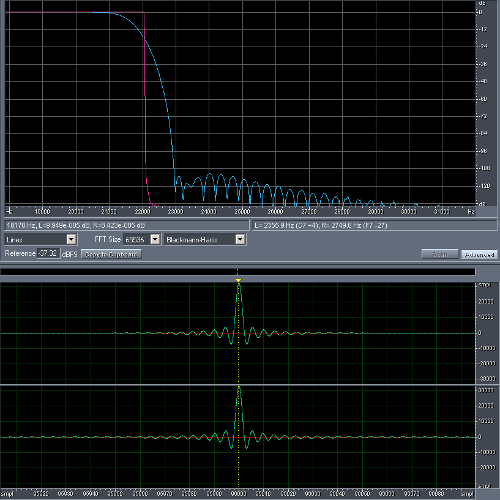nick_charles
Headphoneus Supremus
- Joined
- Feb 26, 2008
- Posts
- 3,180
- Likes
- 336
Quote:
All 3 files have substantial content above 22khz - all 3 show the exact same and consistent pattern of gradual energy decline as frequency goes up, all three bottom off at about -107db at about 48khz consistent with 96Khz sampling but none show the falling off a cliff characteristic of MP3 or the brick wall decline to nothing at 22050 or thereabouts of 44.1 sampling...
My guesstimate is that a is originally 24 bit at at least 88,2 kHz sampling rate, b some MP3 and c 44,1-48 kHz / 16-24 bit.
All 3 files have substantial content above 22khz - all 3 show the exact same and consistent pattern of gradual energy decline as frequency goes up, all three bottom off at about -107db at about 48khz consistent with 96Khz sampling but none show the falling off a cliff characteristic of MP3 or the brick wall decline to nothing at 22050 or thereabouts of 44.1 sampling...












